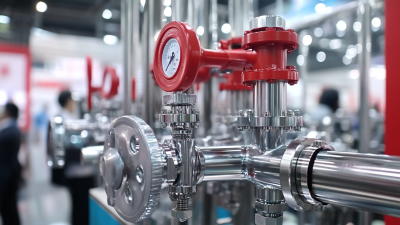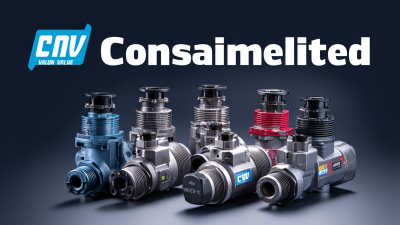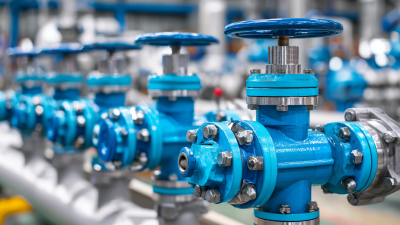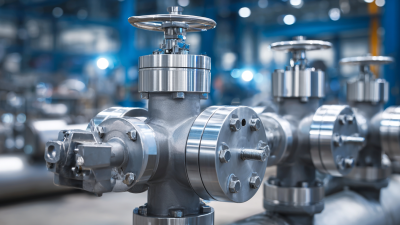7 Essential Tips for Choosing the Right Consolidated Valves for Your Project
In the ever-evolving landscape of industrial applications, selecting the right equipment is crucial for optimizing performance and ensuring safety. Consolidated Valves have emerged as a pivotal component across various sectors, especially in steam and other critical fluid systems. According to the latest report by MarketsandMarkets, the global valve market is projected to reach $88.9 billion by 2025, with a significant share attributed to the demand for high-efficiency Consolidated Valves. These valves not only enhance operational efficiency but also contribute to energy saving, which is increasingly critical as industries face growing economic and environmental pressures. As projects become more complex and the stakes higher, understanding the essential factors in choosing Consolidated Valves becomes vital for engineers and project managers alike. This blog will explore seven essential tips that can guide you in making informed decisions when selecting Consolidated Valves for your project.
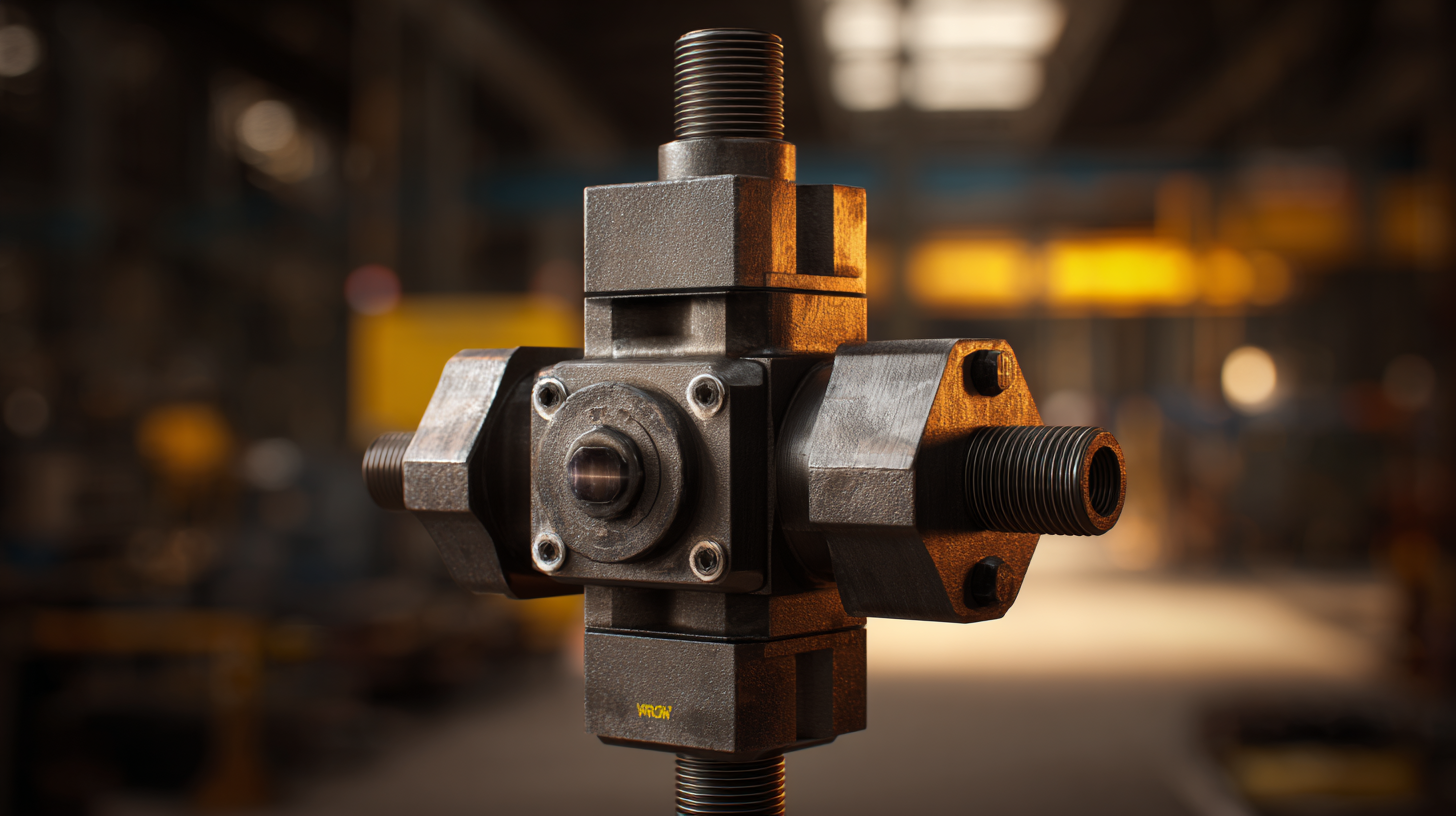
Understanding the Different Types of Consolidated Valves Available for Projects
When embarking on a project that requires the integration of consolidated valves, it’s essential to understand the various types available. Generally, consolidated valves can be categorized into several types, each serving unique functions and tailored to specific applications. For instance, pressure relief valves are crucial for protecting systems from overpressure scenarios, while control valves help in regulating flow or pressure, ensuring operational efficiency.
Moreover, the material and design of consolidated valves play a significant role in their functionality and suitability for a project. From stainless steel to brass, the choice of material affects durability and resistance to corrosion. Additionally, options like globe, ball, and butterfly valves offer flexibility in design, accommodating diverse flow configurations. Understanding these distinctions will greatly assist in making informed decisions that align with project requirements, ultimately leading to optimized performance and reliability in your system.
Key Factors to Consider When Selecting Consolidated Valves for Your Needs
When selecting consolidated valves for your project, assessing key factors is crucial to ensure optimal performance and reliability. First and foremost, understanding the specific application requirements is essential. Consider the fluid type, temperature, pressure, and flow rate that the valve will be subjected to. Different materials and designs offer varying resistance to corrosion and wear, making it vital to match the valve characteristics with the operational environment.
Additionally, examining the valve's compatibility with existing systems cannot be overlooked. The size, connection type, and overall configuration should fit seamlessly into your project. It’s also important to evaluate the manufacturer's reputation and the warranty offered, as these can be indicators of quality and service support. Choosing valves that are designed with ease of maintenance in mind can further enhance the longevity and efficiency of your system. By carefully considering these factors, you can make an informed decision that aligns with your project's specific needs.
The Importance of Material Selection in Consolidated Valve Performance
When selecting consolidated valves for a project, the choice of material is paramount to ensure optimal performance and longevity. High-quality materials can greatly enhance the durability and efficiency of valves, reducing maintenance costs and the need for replacements. For instance, valves made from advanced composite materials exhibit superior resistance to corrosion and wear when compared to traditional metal options. This makes them particularly suitable for demanding applications in various sectors, including automotive and industrial settings.
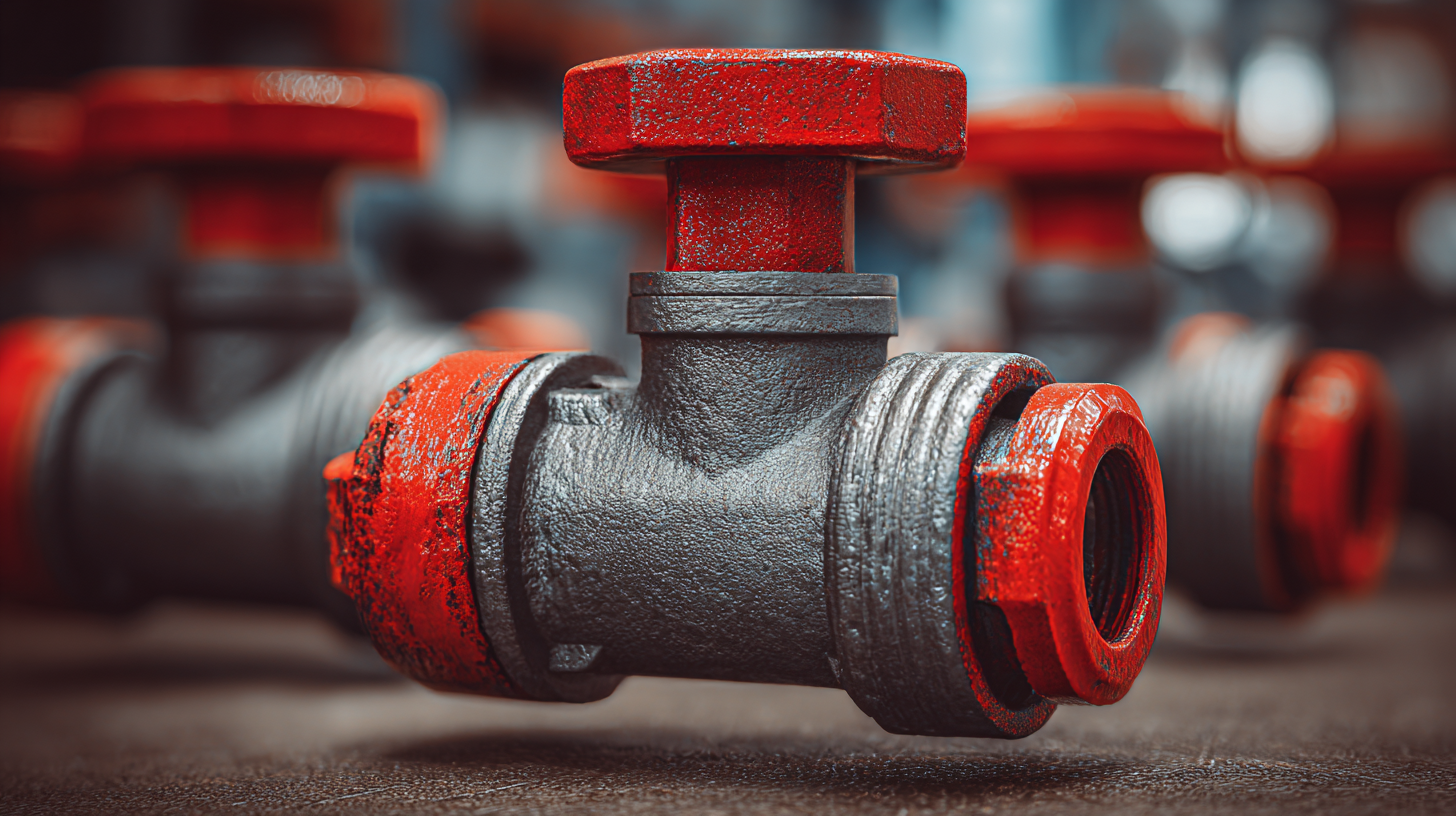
Moreover, understanding the flow properties of materials used in valve construction, such as powders used in composite manufacturing, can provide insights into their performance. Recent studies demonstrate the significance of material behavior during the consolidation process, which can directly influence the final product's capabilities. By focusing on material selection, project managers can ensure they are investing in components that not only meet their immediate needs but also provide reliability and efficiency in the long term. Thus, thorough research and consideration of material properties should be a critical part of the decision-making process when choosing consolidated valves.
Evaluating the Cost vs. Quality: Finding the Right Balance for Your Project
When embarking on a project that requires consolidated valves, striking the right balance between cost and quality is paramount. Reports from the Global Valves Market indicate that the demand for high-quality valves is anticipated to grow significantly, projected to reach $130 billion by 2027. This underscores the rising awareness among engineers and project managers about the long-term benefits of investing in superior quality products. Higher quality valves can lead to reduced maintenance costs and an extended lifespan, thereby enhancing overall project efficiency.
On the flip side, cost considerations remain crucial. A recent survey conducted by the Valve Manufacturers Association indicated that companies are increasingly pressured to stay within budget constraints, with 63% of respondents citing cost as their primary concern when selecting valve systems. As such, a thorough evaluation of the total cost of ownership (TCO) becomes essential. This approach involves considering not just the initial purchase price, but also installation, maintenance, and potential operational savings over time. By prioritizing investments that offer both reliability and cost-effectiveness, project leaders can ensure that their choices support both immediate project needs and long-term operational goals.
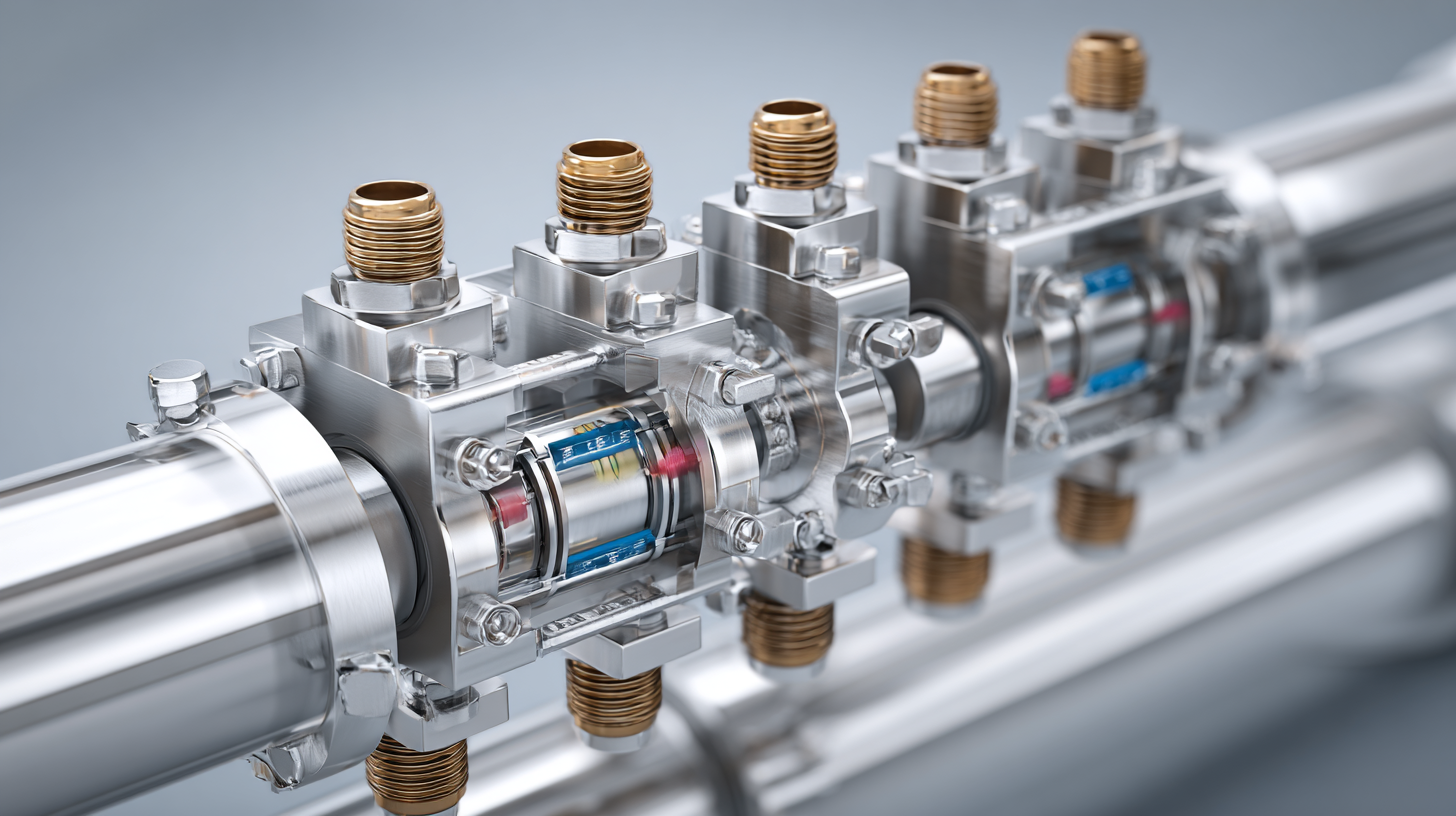
Maintenance and Durability: Choosing Long-lasting Consolidated Valves for Your Workflow
When it comes to selecting consolidated valves for your project, maintenance and durability are two critical factors that can significantly influence the operational efficiency of your workflow. According to a recent industry report by the Valve Manufacturers Association (VMA), about 25% of maintenance costs in industrial operations stem from valve-related issues. Hence, investing in high-quality, long-lasting consolidated valves can lead to substantial savings in both time and money.
Opting for valves with corrosion-resistant materials and robust designs can enhance durability and reduce the frequency of maintenance interventions. A study published in the Journal of Hydraulic Engineering highlighted that valves made with advanced composite materials have a lifespan that is approximately 30% longer than traditional steel valves. By choosing valves engineered for longevity and minimal upkeep, projects can achieve not only improved reliability but also a safer workplace environment, as well-maintained systems are less prone to failures that can lead to costly downtimes or hazardous situations.
7 Essential Tips for Choosing the Right Consolidated Valves for Your Project
This chart illustrates the durability ratings of various factors to consider when choosing consolidated valves for projects. Key aspects such as Material Quality and Temperature Resistance score high, indicating their importance in long-lasting performance.





